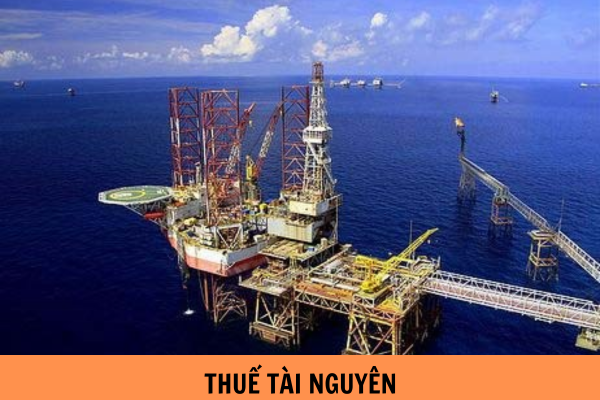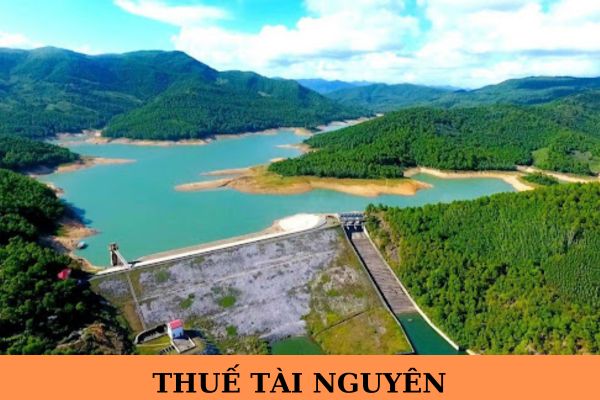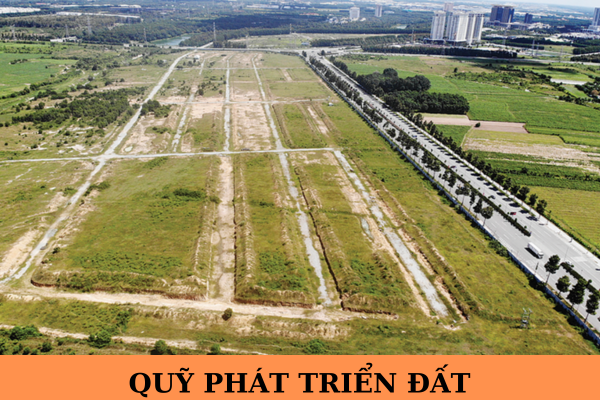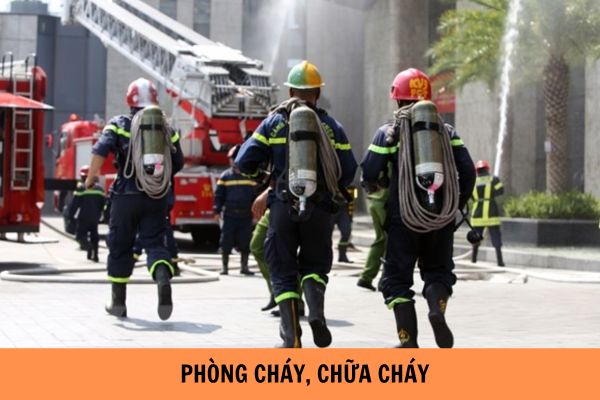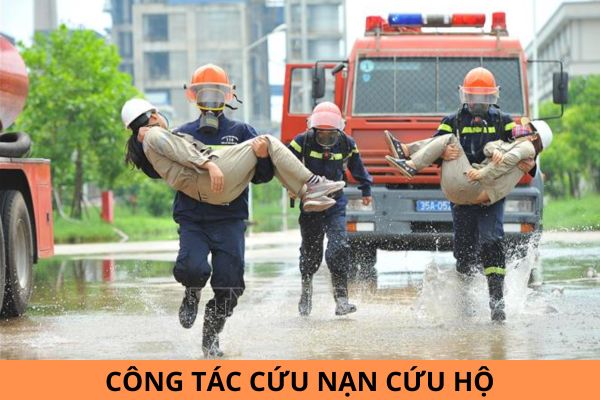What are regulations on categorization of irrigation projects in Vietnam?
What are regulations on categorization of irrigation projects in Vietnam?
Hello Lawnet. My name is Hoang Thanh. I have a question related to irrigation. I now that the Government has just issued new regulations on this matter. What are regulations on categorization of irrigation projects in Vietnam? Which document stipulates this issue? Thank you!

What are regulations on categorization of irrigation projects in Vietnam? - image from internet
Pursuant to Article 4 of the Decree 67/2018/ND-CP on elaboration on the Law on Irrigation (effective from 01/7/2018), the regulations on categorization of irrigation projects in Vietnam are stipulated as follows:
Irrigation projects specified in clause 2 of Article 16 in the Law on Irrigation are categorized specifically as follows:
1. Dams and reservoirs of critical importance, including:
a) Any dam that is 100m in height or any dam associated with a reservoir that is prescribed in point b and c of this clause;
b) Any reservoir that has the minimum total storage capacity of 1,000,000,000 m3;
c) Any reservoir with its water storage capacity ranging from 500.000.000 m3 to under 1,000,000,000 m3 that can pose potential threat to its floodplain areas where cities, townships or significant construction works related to national security are located;
d) Dams and reservoirs of critical importance on the list referred to in Appendix I hereto.
2. Large dams and reservoirs, including:
a) Any dam that is between 15m and below 100m in height or any reservoir-connected dam prescribed in point c of this clause;
b) Any dam that is between 10m and below 15m in height and is at least 500m in length; or any dam that is between 10m and under 15m in height and has the designed floodwater release capacity of greater than 2,000 m3/s;
c) Any reservoir with gross storage capacity between 3,000,000 m3 and under 1,000,000,000 m3, except the reservoir category prescribed in point c of clause 1 of this Article.
3. Medium dams and reservoirs, including:
a) Any dam that is between 10m and under 15m in height or any reservoir-associated dam specified in point b of this clause, except the dam category specified in point b of clause 2 of this Article;
b) Any reservoir with its gross storage capacity ranging from 500,000 m3 to under 3,000,000 m3.
4. A dam or reservoir classified as a small dam or reservoir when that dam is less than 10m in height or that reservoir has the gross storage capacity of less than 500,000 m3.
5. Pumping stations:
a) A pumping station is classified as a large pumping station when it has the minimum total capacity of 72,000 m3/h;
b) A pumping station is classified as a medium pumping station when it has total capacity ranging from 3,600 m3/h to under 72,000 m3/h; or it is a small pumping station where the motor capacity of each pump set is at least 150 KW;
c) A pumping station is classified as a small pumping station when it has total capacity of less than 3,600 m3/h.
6. Culverts:
a) A culvert is categorized as a large one if its floodgate has total width of:
at least 30 m in the Mekong Delta;
at least 20 m in other regions.
b) A culvert is categorized as a medium one if its floodgate has total width ranging:
between 10 m and less than 30 m in the Mekong Delta;
between 5 m and less than 20 m in other regions.
c) A culvert is categorized as a small one if its floodgate has total width of:
less than 10 m in the Mekong Delta;
less than 5 m in other regions.
7. Water conveyance systems, including:
a) Any large irrigation canal, ditch, flume, watercourse, tunnel, siphon or canal bridge that has:
the minimum carrying capacity of 100 m3/s or the minimum bed width of 50 m in the Mekong Delta;
the minimum carrying capacity of 50 m3/s or the minimum bed width of 25 m in other regions.
b) Any medium irrigation canal, ditch, flume, watercourse, tunnel, siphon or canal bridge that has:
the minimum carrying capacity ranging from 10 m3/s to below 100 m3/s or the minimum bed width ranging from 10 m to under 50 m in the Mekong Delta;
the minimum carrying capacity ranging from 5 m3/s to below 50 m3/s or the minimum bed width ranging from 5 m to under 25 m in other regions.
c) Any small irrigation canal, ditch, flume, watercourse, tunnel, siphon or canal bridge that has:
the carrying capacity of less than 10 m3/s or the bed width of less than 10 m in the Mekong Delta;
the carrying capacity of less than 5 m3/s or the bed width of less than 5 m in other regions.
8. Pipelines:
a) A pipeline is classified as a large pipeline when it has the minimum carrying capacity of 3 m3/s or the minimum internal diameter of 1,500 mm;
b) A pipeline is classified as a medium pipeline when it has the carrying capacity ranging from 0.25 m3/s to below 3 m3/s or the internal diameter ranging from 500 mm to below 1,500 mm;
c) A pipeline is classified as a small pipeline when it has the carrying capacity of less than 0.25 m3/s or the internal diameter of less than 500 mm.
9. Irrigation embankments:
a) An embankment is classified as a large one if its flood protected area is at least 10,000 ha;
b) An embankment is classified as a medium one if its flood protected area ranges from 500 ha to less than 10,000 ha;
c) An embankment is classified as a small one if its flood protected area is less than 500 ha.
10. Irrigation systems:
a) Large irrigation system which is a system serving the function of watering arable land or draining or releasing irrigation water for land covering a minimum geographical area of 20,000 ha;
b) Medium irrigation system which is a system serving the function of watering arable land or draining or releasing irrigation water for land covering a minimum geographical area ranging from 2,000 ha to less than 20,000 ha;
c) Small irrigation system which is a system serving the function of watering arable land or draining or releasing irrigation water for land covering a minimum geographical area of less than 2,000 ha.
11. Based on the measurements, roles, functions, influences, risk levels of floodplains, the Minister of Agriculture and Rural Development shall take charge of and cooperate with People’s Committees of provinces where dams or reservoirs are located on soliciting the Prime Minister to issue the decision on the updated list of dams and reservoirs of critical importance.
Above are regulations on categorization of irrigation projects in Vietnam. Please refer to the Decree 67/2018/ND-CP for more details.
Best regards!


